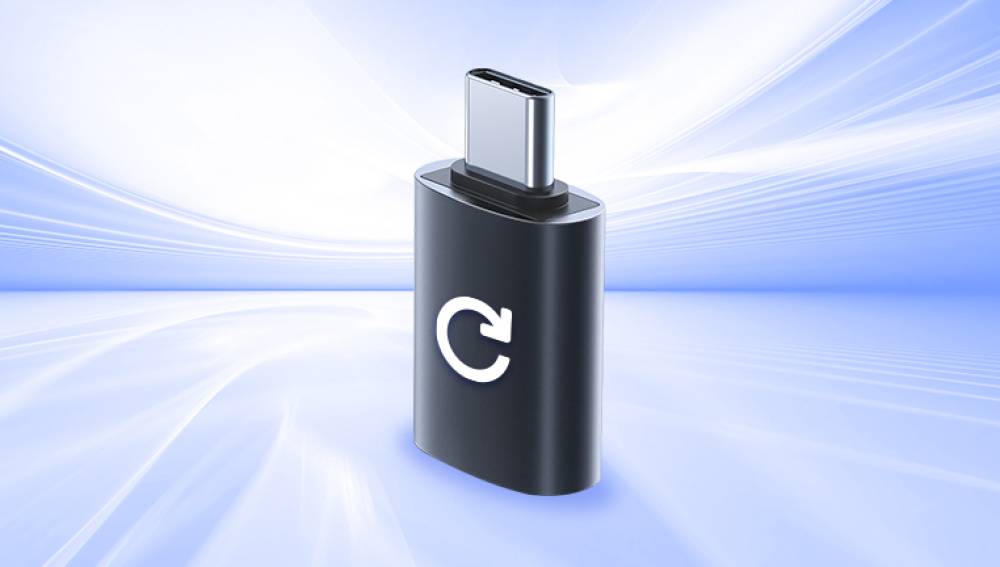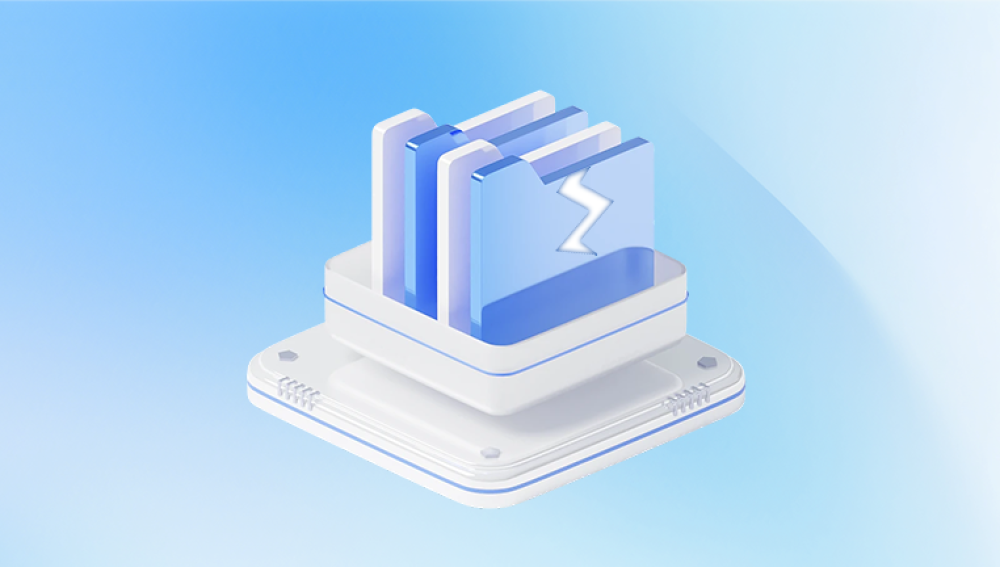File corruption is a frustrating and often alarming issue for both personal users and professionals. One day, you might open a document, photo, video, or database, and instead of your expected content, you encounter unreadable data, missing sections, or error messages. The underlying question naturally arises: why are my files getting corrupted? To fully understand this, we need to explore the technical, environmental, and human factors that can lead to file corruption.
A file is considered corrupt when its structure, metadata, or content has been altered in a way that prevents the software from reading it correctly. This means the program that created or normally opens the file cannot interpret its content accurately. Corruption does not always mean the file is completely lost; sometimes only part of the data is affected, allowing partial recovery.

File corruption can occur in any type of digital file, including:
Documents: Word, Excel, PowerPoint, PDF
Images: JPEG, PNG, RAW, TIFF
Videos: MP4. AVI, MOV, MKV
Audio files: MP3. WAV, FLAC
Databases: SQL, Access, Oracle files
The severity of corruption varies from minor formatting issues to complete unreadability, and understanding why corruption occurs is key to preventing future problems.
Common Causes of File Corruption
1. Sudden Power Loss or System Crashes
One of the most common causes of file corruption is an unexpected power outage or system crash while a file is being written, edited, or saved. Computers write data to storage in a series of steps. If this process is interrupted, only part of the file may be saved, leaving it incomplete or inconsistent.
For example, if you are editing a Word document and the power cuts out during a save operation, the file header may become corrupted, preventing Word from opening it. Similarly, video and image files may lose chunks of data, making them partially unreadable.
Using an uninterruptible power supply (UPS) and ensuring that devices shut down properly can reduce the risk of corruption caused by power issues.
2. Software Bugs or Errors
Software is not perfect, and sometimes bugs can corrupt files. This is especially common in programs that handle complex file structures, such as spreadsheets, databases, and multimedia editing software.
Some examples include:
Crashes during saving or exporting a file
Improper handling of large files
Compatibility issues between different software versions
Even trusted programs can occasionally create corrupt files due to unforeseen software errors. Keeping applications updated and using stable versions can mitigate this risk.
3. Malware or Virus Infection
Malware and viruses can intentionally or unintentionally corrupt files. Some malware encrypts files (ransomware), modifies file headers, or overwrites file content, rendering files unreadable.
Symptoms of malware-induced corruption often include:
Sudden inability to open multiple files of the same type
Unexpected changes in file extensions
Error messages warning that files are damaged or encrypted
Antivirus software, regular system scans, and avoiding suspicious downloads are critical steps to prevent corruption from malicious programs.
4. Hardware Failures
Physical issues with storage devices are a frequent source of file corruption. Hard drives, SSDs, USB drives, and SD cards can develop bad sectors, suffer mechanical failures, or degrade over time.
Signs of hardware-related corruption include:
Files disappearing or becoming inaccessible
Frequent read/write errors
Strange noises from hard drives
Corruption appearing in multiple files stored on the same device
Using reliable storage, monitoring device health, and replacing aging hardware can help prevent hardware-related corruption.
5. File System Errors
File systems (such as NTFS, FAT32. exFAT, APFS, or HFS+) manage how data is stored and retrieved. Corruption at the file system level can make multiple files unreadable, even if the files themselves are intact.
Causes of file system corruption include:
Improper shutdowns or system crashes
Incomplete disk formatting
Software bugs affecting the operating system
Virus attacks targeting system structures
Regularly checking disk health using built-in tools (like CHKDSK in Windows or Disk Utility in macOS) can help prevent file system-related corruption.
6. Network Interruptions During File Transfer
Files transferred over unstable networks or via unreliable storage media can become corrupted during transit. Common scenarios include:
Large files failing to fully download
Interrupted file uploads to cloud storage
Network timeouts during file synchronization
Ensuring a stable connection and using error-checking protocols can minimize corruption risks during file transfer.
7. Improper Handling of External Drives and Media
External drives and removable media are highly susceptible to corruption if not handled properly. Removing USB drives or SD cards without safely ejecting them can interrupt file writing processes, leading to corrupted files.
Other risks include:
Using the same drive across multiple operating systems without proper formatting
Exposing drives to physical damage or magnetic interference
Frequent plugging/unplugging while data is being accessed
Safe ejection practices and careful handling of removable storage can prevent these issues.
Signs That Files Are Corrupt
Recognizing file corruption early can save data and prevent further damage. Common signs include:
Files fail to open or trigger error messages
Missing content or formatting issues
Strange symbols or unreadable characters
Programs crashing when accessing certain files
Unexpected changes in file size or extension
Early detection allows you to attempt recovery before further edits or saves overwrite recoverable data.
Preventing File Corruption
While some corruption causes are unavoidable, preventive measures can drastically reduce risk:
Regular Backups
Use local backups, cloud storage, or version-controlled systems to preserve copies.
Stable Hardware and Storage
Invest in reliable SSDs, hard drives, and flash storage.
Monitor device health and replace failing hardware.
Safe Power Practices
Use surge protectors and UPS for desktop computers.
Avoid force shutdowns during active file operations.
Antivirus Protection
Keep antivirus software updated and perform regular scans.
File System Maintenance
Periodically check and repair disk errors using system utilities.
Cautious File Handling
Safely eject external drives.
Avoid transferring large files over unstable networks without error-checking.
Solutions for Recovering Corrupt Files
Even with prevention, files may still become corrupted. Recovery strategies include:
Built-in Repair Tools
Microsoft Office, Adobe Acrobat, and other applications offer repair functions.
File Repair Software
Tools like Panda Repair can scan and reconstruct files.
Data Recovery Software
Programs like Drecov Data Recovery can recover files from corrupted or failing drives.
Manual Repair
Advanced users can use hex editors to inspect and reconstruct file headers or data.
Restoring Backups or Cloud Versions
Retrieving previous versions from backup systems is often the most reliable recovery method.
Files get corrupted for multiple reasons: sudden power loss, software errors, malware, hardware failures, file system issues, network interruptions, and improper handling of storage media. Recognizing the causes and early signs of corruption is essential for prevention and recovery. Implementing best practices, such as regular backups, stable hardware, antivirus protection, and careful handling, can drastically reduce the risk.
When corruption does occur, recovery tools like Panda Repair or Stellar Repair, built-in software utilities, and data recovery programs can often restore access to important files. In severe cases, professional data recovery services may be necessary. Understanding the root causes and taking proactive steps ensures that your digital data remains safe, reliable, and accessible.




